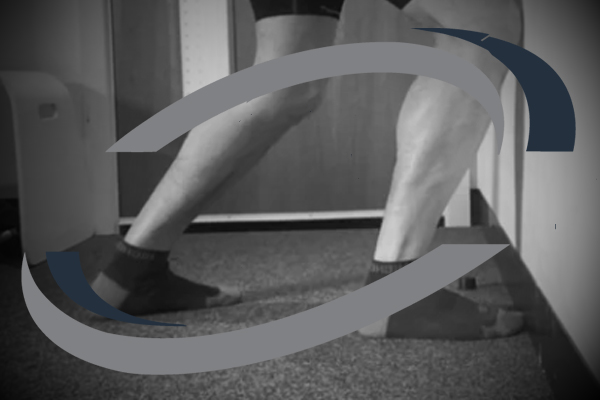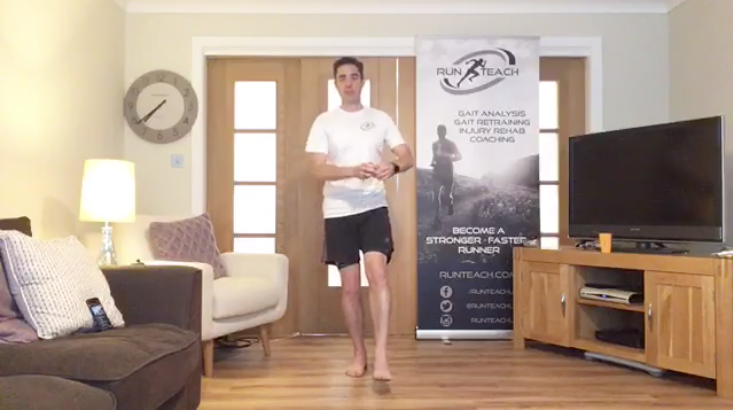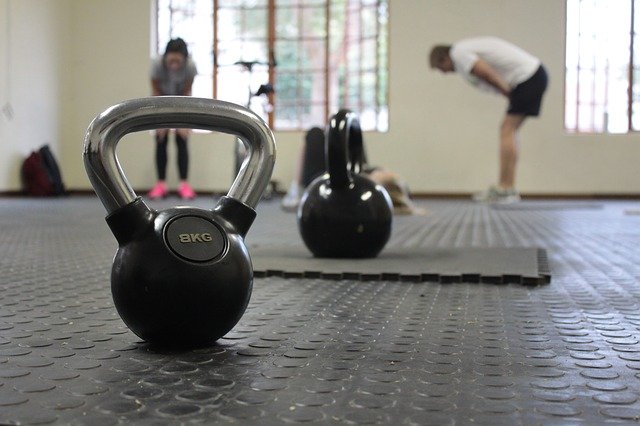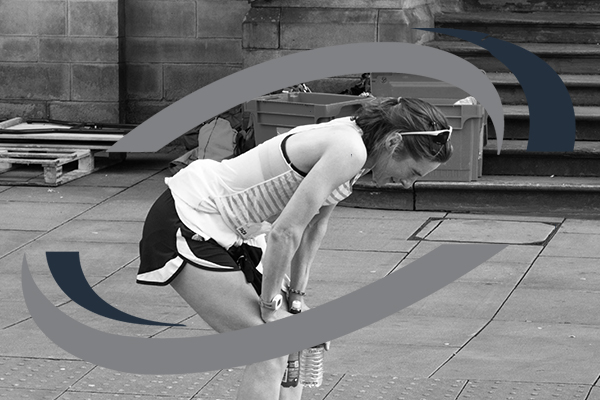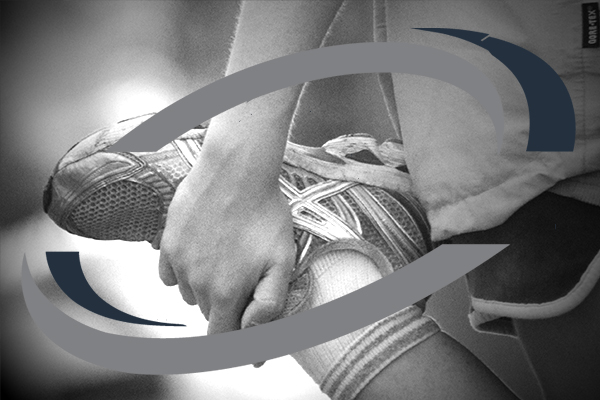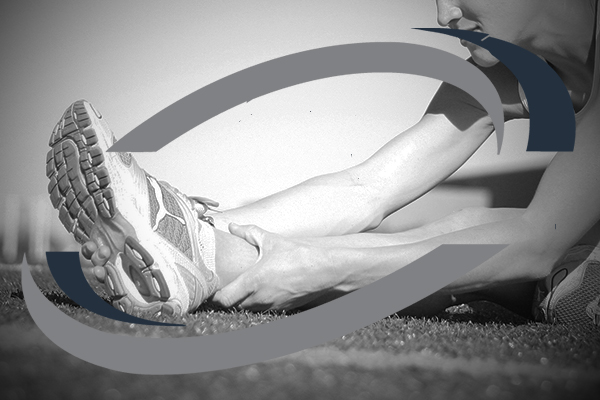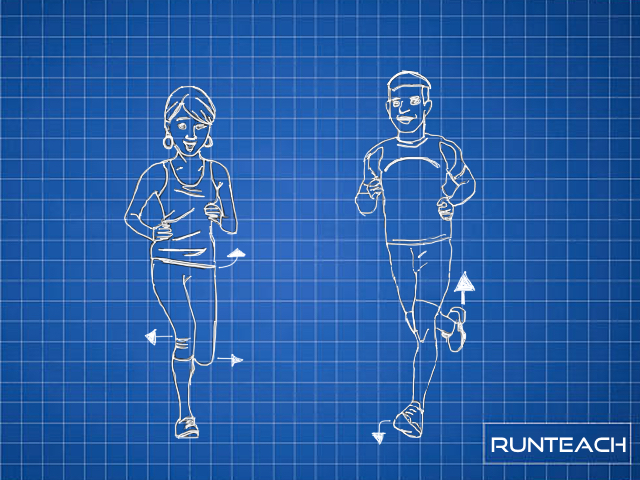In previous posts we’ve looked at ankle mobility and some of the reasons why we get shin splints. Now we’re going to follow those up with a quick way to assess your ankle range of motion, how much you need and how to increase it. So let’s dive right in with how much range of motion you need for running.
According to the available research and expert discussion, arriving at a “normal” range of motion is pretty tricky. Some labs use fancy geometry equipment such goniometers, but there is a simple test that has been proven to be very reliable – and according to some people, more reliable than the fancy equipment. This test also provides us with a easy benchmark for the range of motion we can work towards achieving.
What is the test? It’s a lunge against a wall and the video below shows how easy it is:
Ideally, we want to be able to be 10cm or more from the wall and still keep the heel of our front leg on the ground. However, many of us can only get to 5cm or fewer.
If you can’t get to 10cm or more, the solution is also very simple. You can use the test exercise as the exercise to increase your range of motion. There’s also a variation that you can do, as shown in the following video:
This range of motion is known as “dorsifletion” and is the movement where your toes get closer to your shins.
In addition to the exercises in the last video, you can increase dorsiflexion by:
- Releasing restrictions in the ankles, calf muscles and hamstrings
- Improving the strength of your shin muscles
To release restrictions, you can foam roll, self-massage or see a professional such as a physio or body worker. We’ll have a post up soon to help you increase the strength of your shin muscles, so stay tuned.

